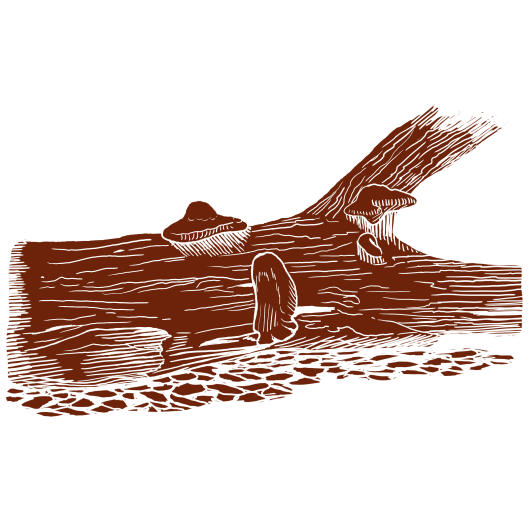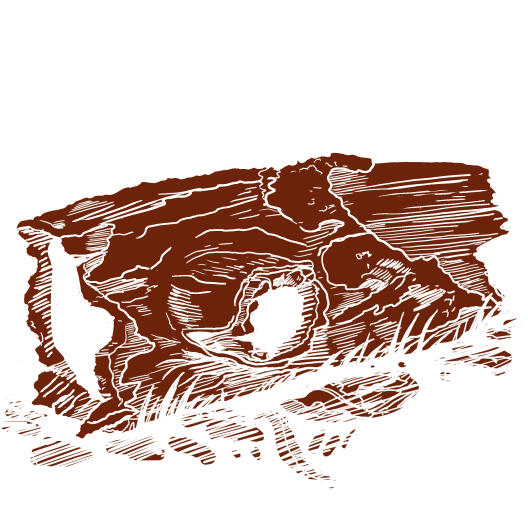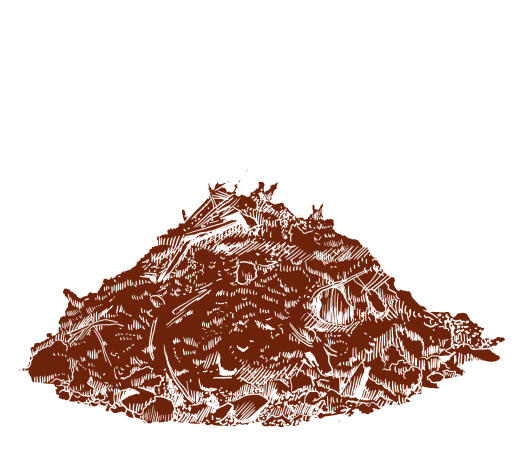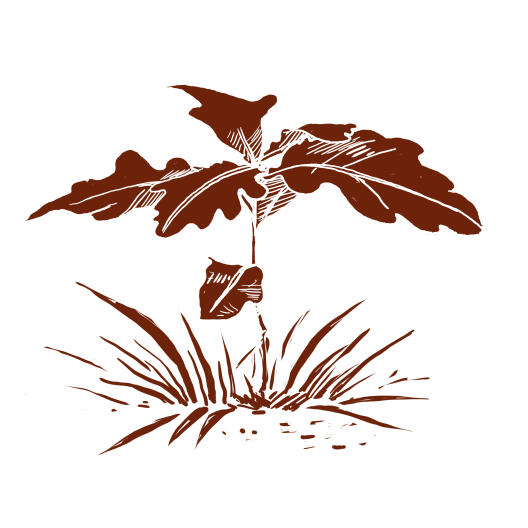

LIFE CYCLE
Old things pass away, new things take their place. That’s nature’s lifecycle. When trees that have become weak die off, this prevents a forest from growing unchecked and nutrients in the soil from becoming scarce. Mushrooms and insects see to it that the tree decomposes completely, which means that all its nutrients return to nature. This process of decomposition is necessary for our environment. Nature is an expert at recycling – and is a role model for us as regards sustainability!
But what actually are the various phases that dead wood goes through?

Weakness© Robert Matzke Weakness
Sooner or later, every tree dies:
as a result of lightning or a storm,
wounds or fungal infestation,
or simply from old age.

Colonisation© Robert Matzke Colonisation
When a tree dies, a new adventure begins –
because dead wood isn’t dead!
Depending on the type of tree, a variety of
insects and mushrooms work their way into
the freshly dead wood and remove the bark.
In other words, we can say that mushrooms
are nature’s “ecosystem engineers”!

Decay© Robert Matzke Decay
The wood begins to decay,
and branches fall off. Often,
only the tree stumps remain.

Humification© Robert Matzke Humification
Gradually the wood
decays and turns
into soil.

Fresh soil© Robert Matzke Fresh soil
And so, the lifecycle is completed:
In the fresh soil, a new seedling
can sprout up and turn into a new
tree full of life!
WHAT'S THE ANSWER?
1. How many years does it take for a dead tree to decay completely?
2. Why does deadwood sometimes look brown, and sometimes white? SOLVING:
1. It varies, depending on the type of tree. All that’s left after 20 years of a fallen poplar tree in an alluvial forest is humus. An oak tree, by contrast, still might not be completely decayed after 100 years.
2. Wood-rotting fungi can be classified into different types. These types include brown rot and white rot. In the case of brown rot, the light-coloured cellulose is decomposed. If you rub the deadwood between your fingers, what remains is a fine, dark-brown wood powder. White rot, on the other hand, decomposes the brown lignin. In this case, a whitish cellulose is left over. You can’t rub this deadwood into a powder; it remains fibrous. Brown rot and white rot occur in the phases when a tree becomes weak, is colonised and then decays.

